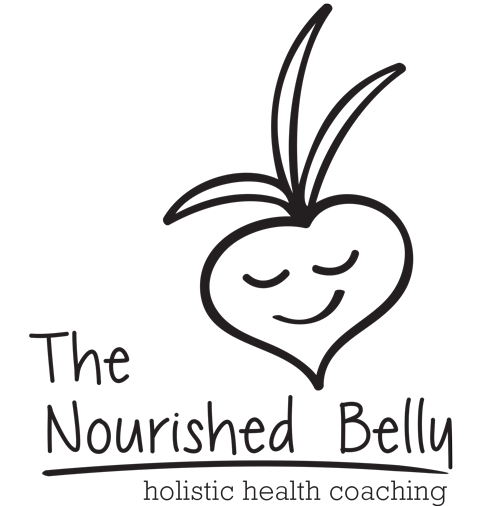I was reminded recently of this recipe in The Nourished Belly Diet, and being deep January in Berkeley (which, yes it’s cold here, particularly because houses in Northern California do NOT have great insulation) this is the perfect recipe. Borscht has an interesting history. I had always associated Borscht with Russia, but it was originally created in what is now Ukraine, was made with a parsnip rather than red beetroots, and in later forms also had a bit of a tangy taste due to some fermentation. It’s a good reminder to add a bit of sauerkraut to add some tanginess and some healthy probiotics. Borscht was also originally associated with peasant food, which as I dive deeper into traditional healthy foods, it’s always those with little means that instinctively knew how to make foods that held deep nutrition.
The first time I made this soup, I was working on a farm on the central coast of California and one of my roommates was a Russian girl named Liz. Although she had spent much of her childhood in the Bay Area, she still had a strong connection with her roots. I’m grateful to her for helping me adapt this simple recipe. Beets are extremely nutrient rich, and their beautiful magenta color is a sign of that, although you could use golden beets as well. Beets are full of minerals, are great for the liver, and they add a natural sweetness that most palates enjoy. It’s hard to mess up, and you can throw in just about anything you have in your fridge.
Ingredients
(feeds 8)
1–2 pounds beef shank or short ribs
1 pat butter or beef tallow (optional)
1 medium yellow onion, sliced
2 medium potatoes, chopped
2 cups sliced cabbage
4 medium beets, chopped
4 carrots, chopped
½ 24-ounce jar stewed tomatoes
1 teaspoon apple cider vinegar
sea salt and black pepper, to taste
For the optional garnish:
(mixed together or separate)
½ cup minced parsley
½ cup green onions
½ cup yogurt or sour cream
½ cup sauerkraut
Directions:
1) If using a Crock-Pot, before going to bed, place the beef shank or short ribs in the Crock-Pot and cover with water. Turn on low. If using the stovetop, place the beef shank or short ribs in a large stockpot and cover with water. Cover with a lid and simmer for about 1 hour.
2) Optional: Sauté vegetables for added flavor in a pat of butter or beef tallow.
Or, skip step 4 and add the onion, potatoes, cabbage, beets, and carrots straight to the stockpot or Crock-Pot.
3) Add the tomatoes.
4) If using a Crock-Pot, set it on low for at least 4–6 hours and you are free to leave the house!
5) If using a stockpot, simmer on low for roughly 50 minutes. When a fork goes through beets easily, it’s done!
6) Add salt and pepper.
7) Serve with parsley, green onions, yogurt or sour cream and sauerkraut, if using. Mix the garnishes together or use them separately, as desired.





